A cat’s tail is an evolutionary necessity, helping them maintain balance as they jump, run, and walk along those precarious ledges.
But there’s more to a cat’s tail than just a means to help your cat stay on the straight and narrow; it’s also a way for your cat to communicate how it’s feeling to other cats and humans.
Here’s what your cat’s different tail positions and movements mean when it comes to their mood.
1.Swishing
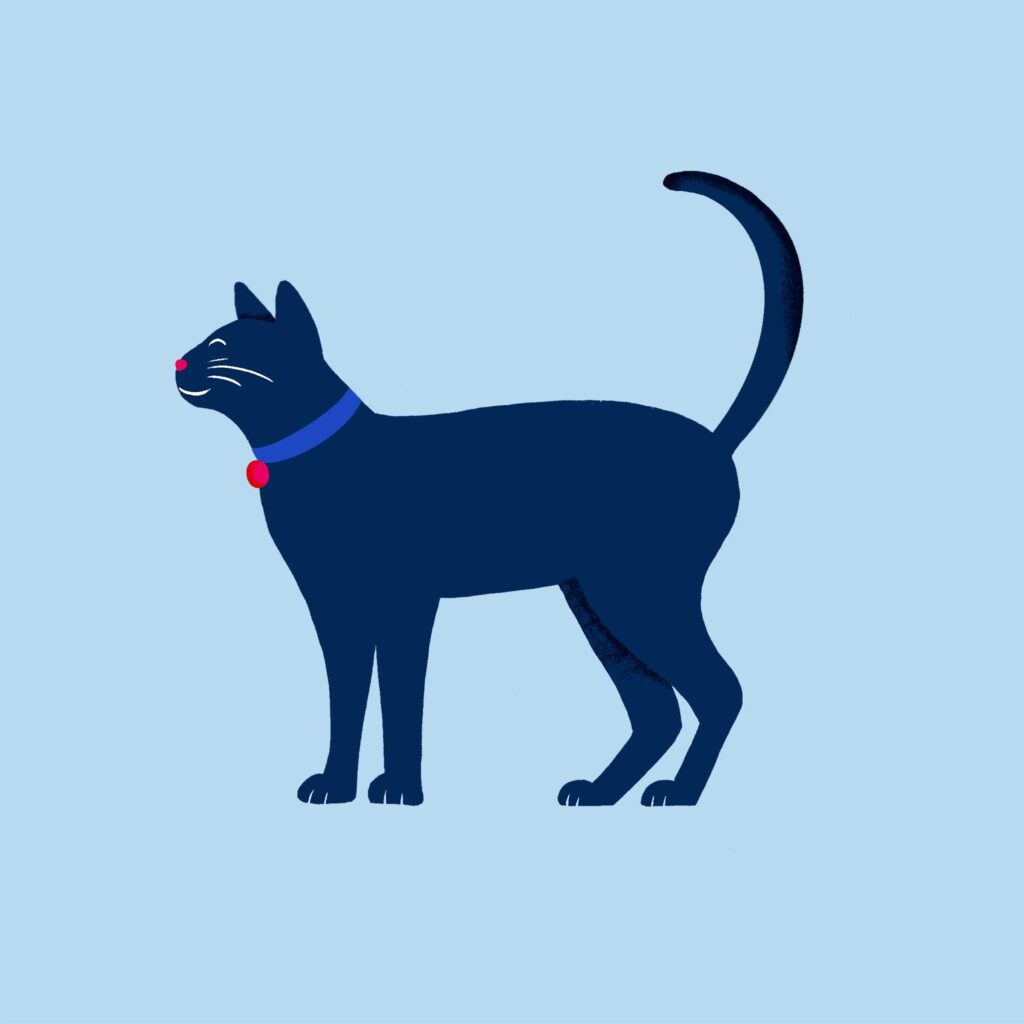
Generally, this indicates a cat who’s relaxed or calmly interested in what’s happening. At this point, no alarm bells are going off in the cat. They also aren’t sleepy. They may be alert but aren’t worried or concerned about anything around them. With a contented cat on your hands, it’s usually best to just let them hang out and enjoy themselves.
2.Straight-up Tail
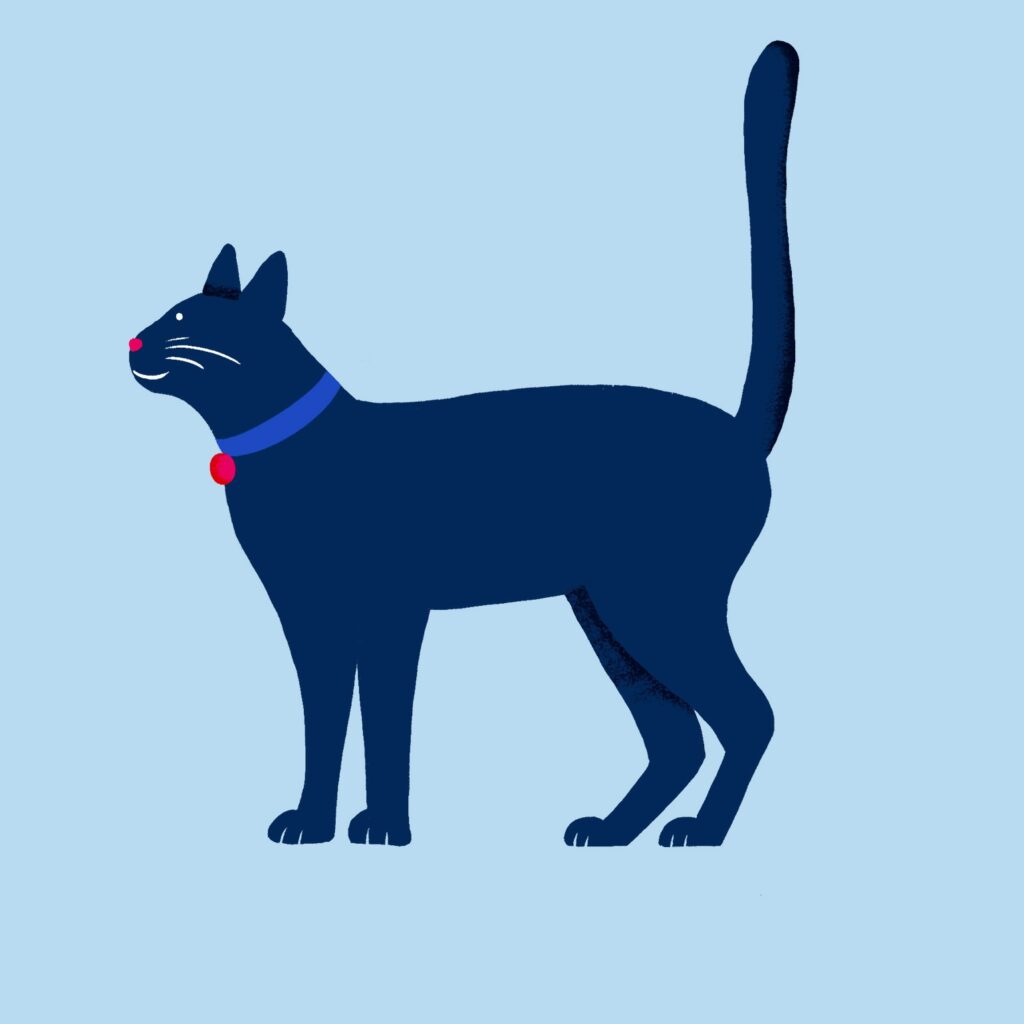
On a calm cat a straight-up tail with a hooked tip is a friendly greeting, while an aggressive cat may just have its tail straight up.
3.Puffed-up Tail
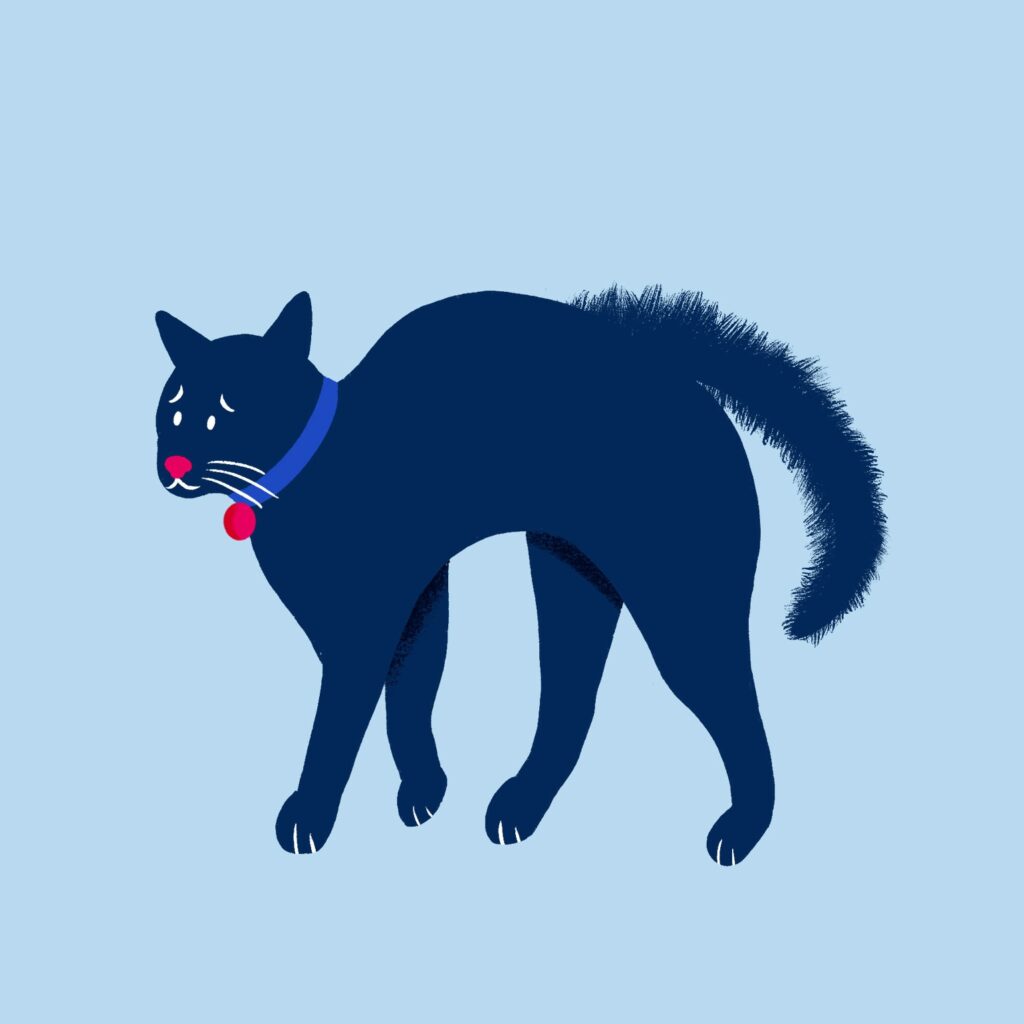
When your cat puffs up their tail, it’s a sign of fear. A puffed tail can be tucked under a cat, or it can be up and out. Part of the purpose of puffing up the tail, or any other part of your cat’s fur, is to make them look bigger to other creatures around them. It’s a defense mechanism designed to communicate that they’re actually very large and scary and not worth fighting. However, your cat wouldn’t puff their tail if they weren’t feeling threatened to begin with, so the behavior almost always stems from a fearful reaction. Similar to other signs of fear, remove the thing that’s scaring them if you can—but don’t try to move your cat, who’s in panic mode and may respond by trying to protect themselves.
4.Tail Curved Around Their Body
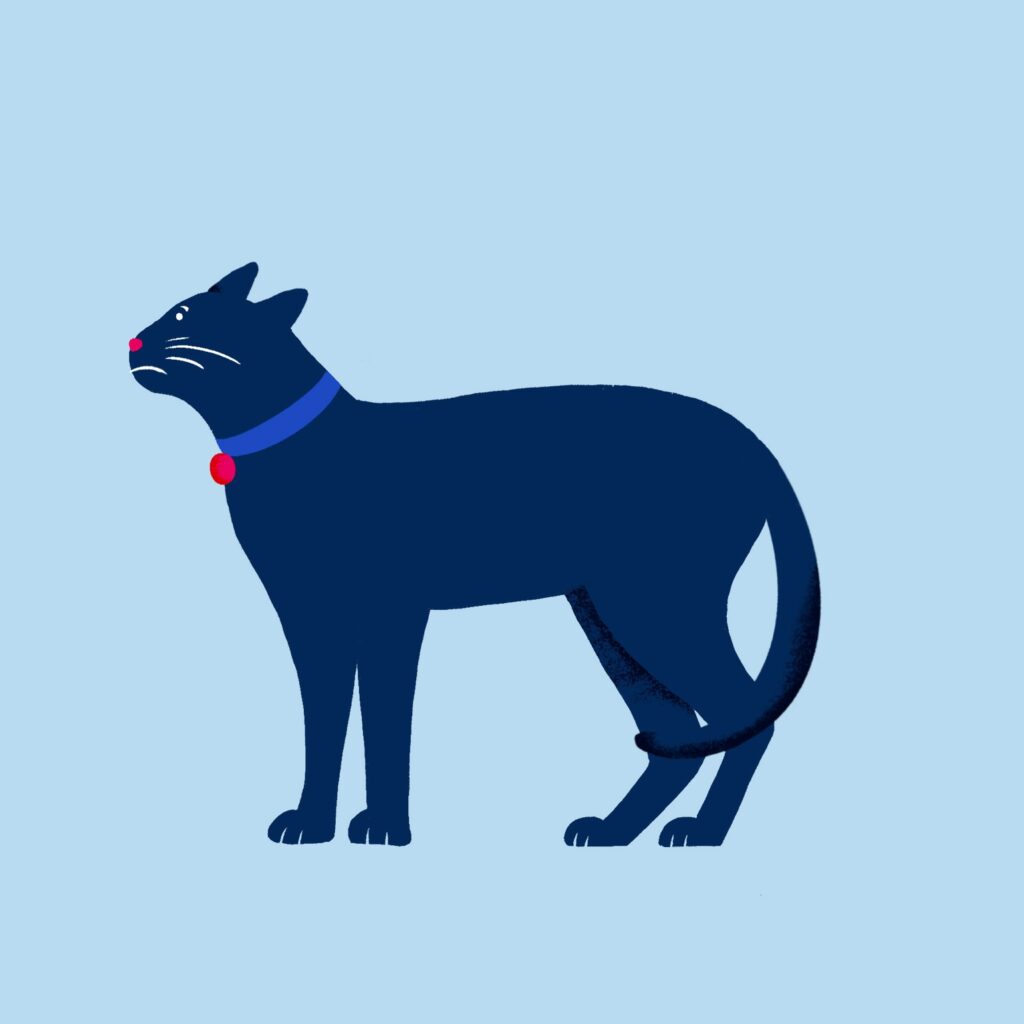
Similar to cats with tucked or lowered tails, a cat who is standing up with their tail curled around their body may not be feeling comfortable, because keeping their tail close can be a sign of fear. However, if your cat is lying down, they might curl their tail close to them to relax. Some cats will sleep with their tail splayed out more, though. It just depends on the cat and what tail position they personally prefer. This is another situation where looking at the whole context and considering their normal behavior is important to determine your cat’s mood.
5.Flicking the Tip of Tail
This is a sign that a cat is feeling irritated or fascinated by something. Cat owners should scan the cat’s environment to see if they can spot the source of the cat’s attention. This can be a sign of early annoyance if there is a threat to a cat in the vicinity, or a sign of playfulness if there is a toy close by.
6.Curled Tail
If your cat is sitting with its tail tucked neatly around its body or out of sight means your cat is quietly observing, but doesn’t want to interact with its environment.
Approach a cat sitting this way with caution.
7.Lowered or Tucked Tail
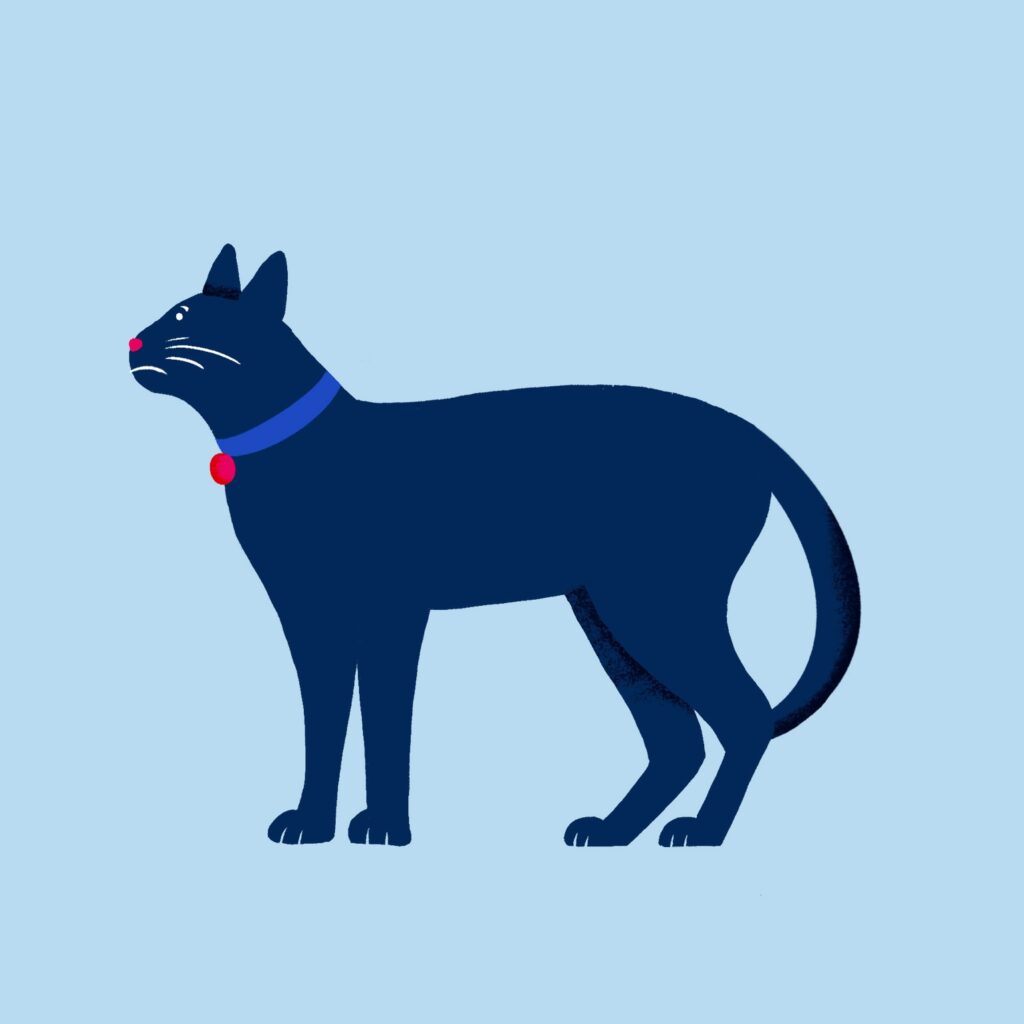
Similar to dogs, a lowered tail can mean your cat is feeling uncomfortable or scared. In fact, the closer the tail is to the cat’s body, the less comfortable your cat is feeling. When a cat feels afraid, they attempt to pull in vulnerable parts like their tail. If you can identify what’s frightening your cat, it can be helpful to remove it from their environment if possible. For example, you can take away a loud toy that’s making them feel nervous. However, it’s not usually a good idea to try to move a fearful cat. They may lash out at you in panic because they are so scared.
8.Shivering or Shuddering Tail
Your cat is excited, marking his territory, or is feeling stressed, anxious, or insecure if his tail shivers or shudders.
9.Question Mark Tail
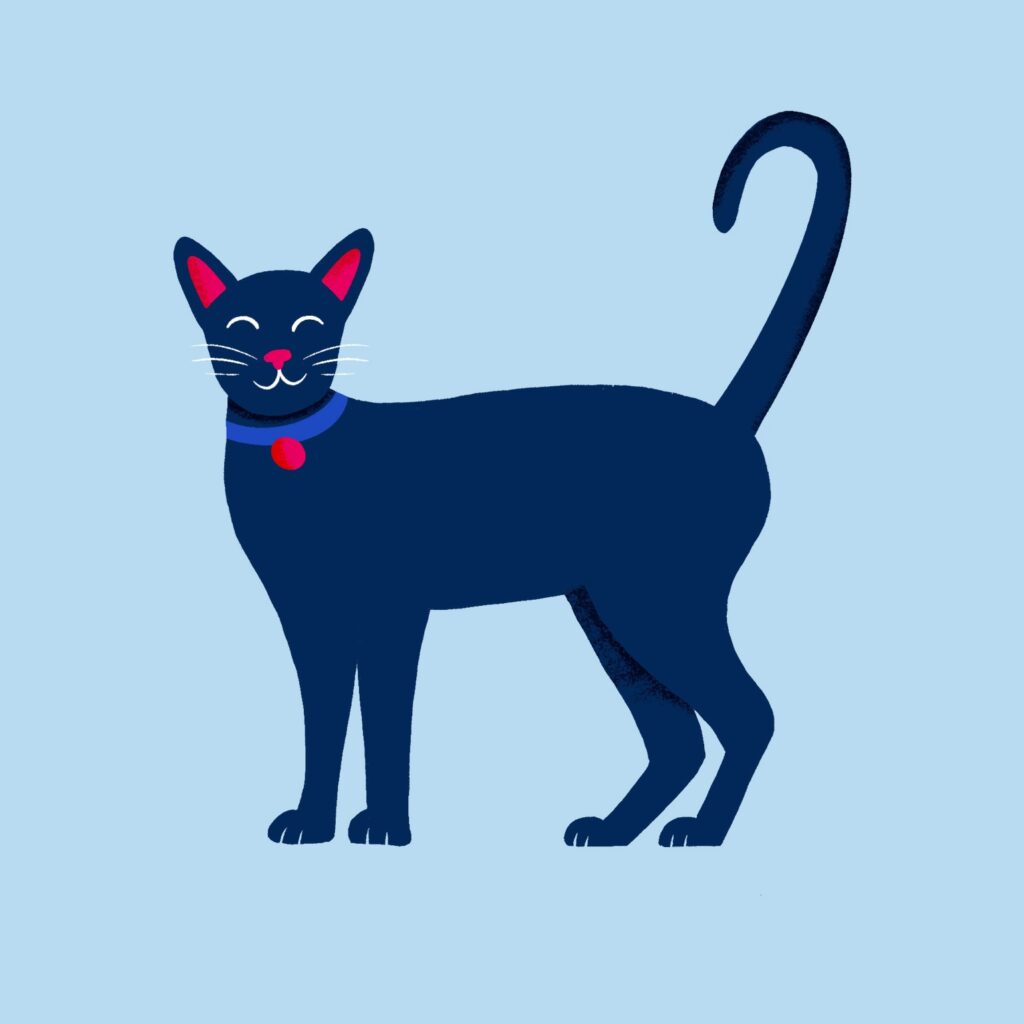
If your cat bends their tail into the shape of a hook or question mark, this is a very positive sign. According to Dr. Lilly, “question mark tail” is a pro-social behavior. It’s like walking up to another person with a huge smile on your face and your arms open wide. In other words, it’s your cat’s way of giving you a friendly greeting. Don’t hesitate to say “hello” back.
10.Downward Curve Tail
A downward curve can mean defensiveness, while a relaxed cat will “carry his tail in a neutral or low position”.
11.Low Tail
Your cat holding their tail low or even parallel to the floor isn’t necessarily a sign that your cat is unhappy.
Generally, a horizontal tail is considered a neutral position; your cat isn’t actively seeking your attention but isn’t completely against the idea of being petted. They’re just in their natural state. Trying to interact with your cat when their tail is horizontal will, more often than not, be rebuffed.
If your cat is carrying their tail very low, almost touching the ground, this means your cat is in a mood where they don’t want to be noticed.
12.Flicking Tail
When your cat’s tail is gently swishing back and forth, especially if they’re asleep, this means they’re relaxed.
However, if your cat aggressively flips its tail back and forth, they are alert and focused. This could be they’ve spotted a bird outside the window or have found a toy they plan to pounce on.